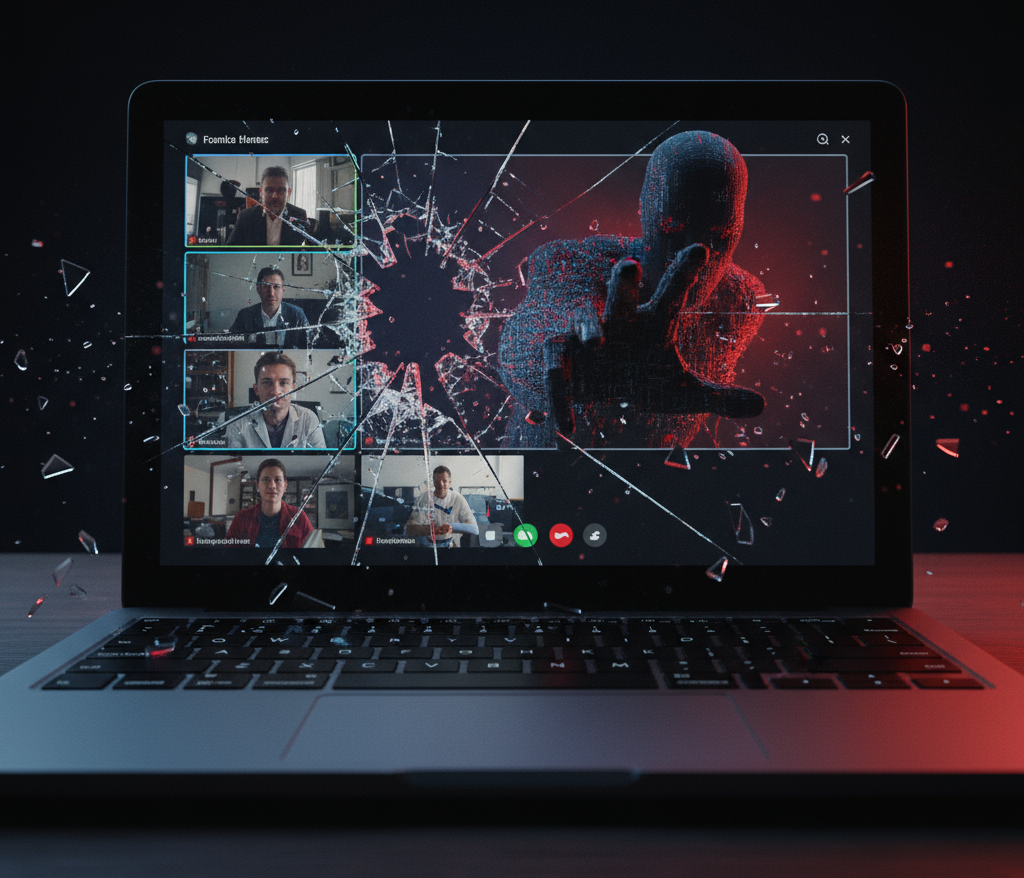A new ransomware strain known as MonoLock is circulating on underground forums. It represents a major escalation in the ransomware-as-a-service (RaaS) landscape. This new wave puts intense pressure on security teams in healthcare, manufacturing, and other industries to refine their threat models and incident response strategies.
MonoLock Emerges on the Dark Web
Threat analysts recently identified listings on dark web forums offering MonoLock v1.0 for sale. The post advertises a modular toolkit with automated payments through a Tor-based portal. Its design mimics the sophistication of top ransomware groups, but it’s being sold commercially.
This development marks a turning point. Instead of complex, custom-coded ransomware used only by elite groups, affiliates can now buy a ready-to-use package and launch attacks within minutes. The ransomware economy is shifting from exclusivity to open trade.
Technical Features and Attack Mechanics
MonoLock spreads mainly through phishing campaigns that deliver malicious Word documents with embedded macros. When a user enables the macro, the ransomware downloads its payload from a compromised web server. The payload then encrypts local and network files.
MonoLock uses AES-256 encryption for file contents and RSA-2048 for key exchange. Once the process completes, victims see a ransom note demanding cryptocurrency payments. The note offers a small discount usually around ten percent if victims pay within 48 hours. This creates a false sense of urgency and pushes quicker decisions.
Before encryption begins, MonoLock scans systems for processes related to backups, databases, and security tools. It targets services with names such as “vss”, “sql”, and “backup”. After finding them, it terminates those processes, eliminating recovery options. Without working backups, victims are forced to choose between downtime and ransom.
Target Profile and Sector Focus
Current intelligence shows attackers are focusing on small and mid-sized organisations, particularly in healthcare and manufacturing. These industries handle sensitive operational data and often cannot afford downtime. Many also lack fully developed cybersecurity programs, which makes them prime targets for quick profit.
By selecting victims that can’t tolerate long interruptions, attackers increase the chances of fast payments. This approach turns MonoLock into a tool for mass exploitation, rather than selective, high-value attacks.
RaaS Enters the Product Age
MonoLock is a clear sign that RaaS has become a commercial business. In the past, deploying ransomware required both skill and access to private networks. Now, even less experienced threat actors can purchase a complete toolkit.
This ease of access expands the threat landscape dramatically. A single marketplace can enable hundreds of new attackers, each capable of launching their own campaigns.
Listings for MonoLock appeared alongside other illegal goods such as databases containing 1.7 billion stolen Facebook records and SIM-swap tools. This mix of services reflects how cybercrime ecosystems have evolved into all-in-one marketplaces that connect data theft, credential trading, and ransomware deployment.
Implications for Security Teams
Security teams must adapt quickly to this shift. MonoLock introduces several immediate concerns.
First, its automated ransom workflow reduces the time between infection and payment. Victims have little chance to negotiate or delay response.
Second, the backup termination function shows that standard backup strategies no longer provide reliable recovery paths. Organisations must maintain offline or immutable copies of their data.
Third, the phishing delivery method highlights the continuing need for strong email filtering, macro restrictions, and employee awareness.
Finally, the mid-market exposure problem shows that attackers understand where defences are weakest. Managed service providers and small businesses are now prime entry points.
Mitigation Strategies
Reducing exposure to MonoLock and similar ransomware families requires both policy and technical measures.
Enable strict macro blocking in email clients. Only allow digitally signed macros from verified sources.
Keep offline backups that are physically disconnected from production systems. Regularly test those backups to confirm recovery capability.
Implement real-time monitoring for unusual process behaviour, especially if backup or database services stop unexpectedly.
Deliver ongoing phishing-awareness training and simulate attacks to measure progress.
Segment networks to isolate critical assets. Separation between backup servers, manufacturing systems, and IT networks can drastically limit ransomware spread.
Finally, subscribe to threat intelligence feeds that track new ransomware listings and related malware samples on underground forums.
Ransomware Commercialisation
MonoLock reflects a global pattern of ransomware commercialisation. The barriers to entry for cybercriminals continue to shrink. Groups that once needed months to develop custom code can now buy a complete toolkit for a fraction of the cost.
As ransomware becomes easier to deploy, the total number of attacks will rise sharply. Threat intelligence researchers already report growing activity from new affiliates who use purchased toolkits like MonoLock instead of building their own.
MonoLock’s appearance proves that ransomware has become a full-fledged industry. Small and mid-size organisations are now as vulnerable as major enterprises. Security teams must reinforce defences, harden email gateways, and protect backups from tampering. The earlier they implement these defences, the less likely they’ll face
FAQ
Q1: What makes MonoLock different from other ransomware families?
MonoLock is marketed openly on underground forums. It offers built-in payment portals and backup-killing features, transforming ransomware into a consumer-grade product.
Q2: Which industries face the highest risk?
Healthcare and manufacturing sectors are the main targets. Both store critical data, rely on continuous operations, and often have limited cyber budgets.
Q3: How can organisations detect MonoLock early?
Watch for sudden process terminations linked to “backup”, “vss”, or “sql”. Monitor for macro-enabled document activity followed by encryption or Tor connections.
Q4: Does paying ransom guarantee data recovery?
No. Even if attackers promise decryption keys, payment never ensures data restoration or data privacy. The best defence is preparation and tested recovery.
Q5: What should CISOs prioritise now?
Block macros, store offline backups, segment networks, and watch for dark web chatter related to MonoLock or other RaaS listings. Quick action today prevents loss tomorrow.











One thought on “MonoLock Ransomware: What Security Teams Must Know Today”